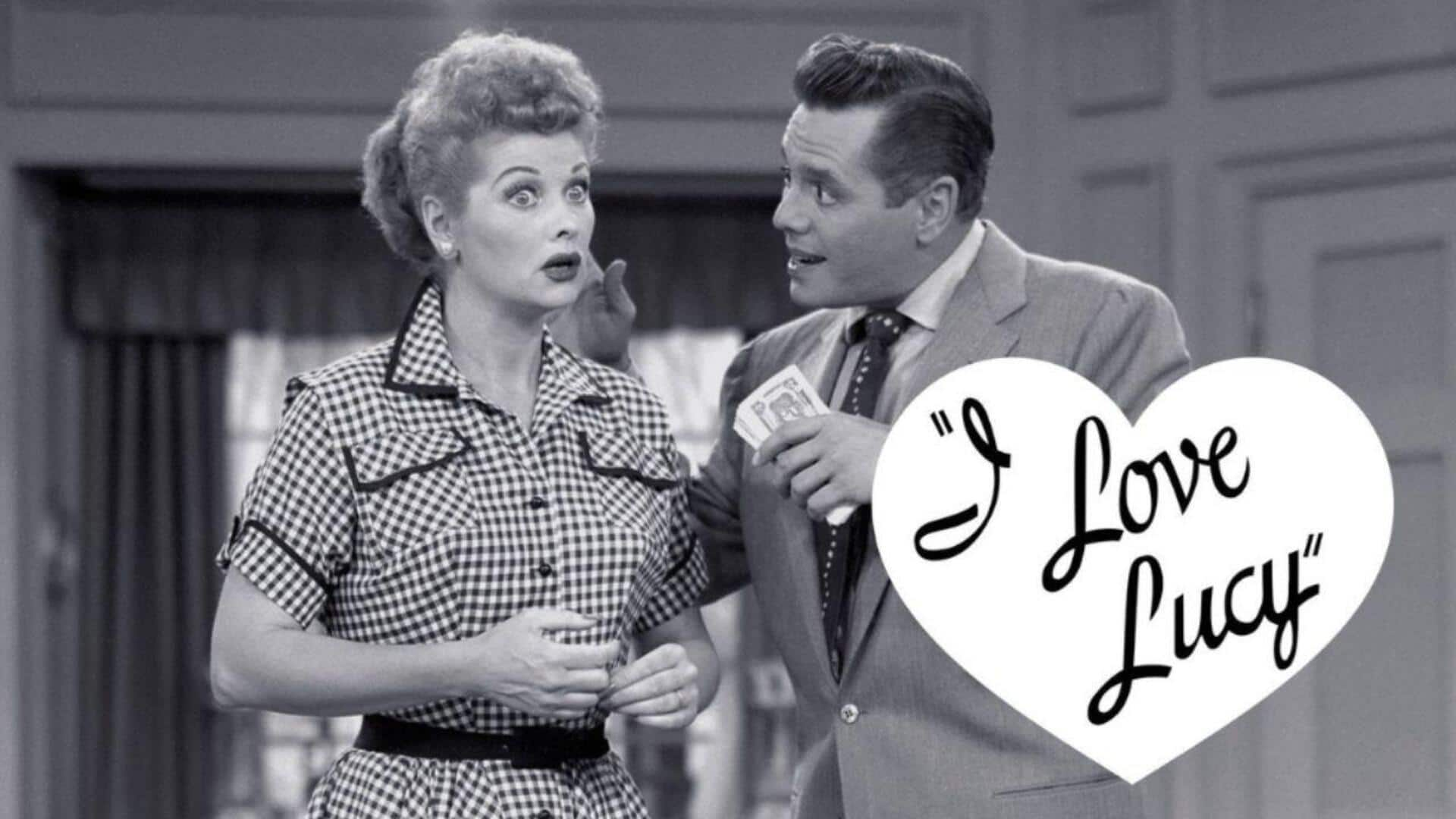
'I Love Lucy's bold moves that transformed TV and culture
What's the story
I Love Lucy, the iconic American television series, has been a cultural touchstone since its debut in 1951. The show, which starred Lucille Ball and Desi Arnaz, broke new ground with its innovative storytelling and comedic timing. Over the years, I Love Lucy has influenced several aspects of American culture, from television production techniques to social norms. Here are five instances where this classic sitcom redefined American culture.
#1
Pioneering television production techniques
I Love Lucy revolutionized television production by introducing the three-camera setup, a technique that is now standard in the industry. This method allowed for simultaneous filming of multiple angles, resulting in a more dynamic viewing experience. The show's use of live audiences also added an element of authenticity and energy that was previously unseen on television. This innovation paved the way for future sitcoms and changed how shows were produced.
#2
Challenging social norms
The show also challenged social norms by depicting an interracial marriage at a time when such relationships were largely frowned upon. Ball and Desi Arnaz's on-screen chemistry was a reflection of their real-life partnership, but also broke barriers by normalizing diverse relationships. Their portrayal of a married couple who shared equal footing challenged traditional gender roles and contributed to shifting societal perspectives.
#3
Introducing slapstick comedy to mainstream TV
I Love Lucy popularized slapstick comedy on mainstream television, thanks to Ball's impeccable timing and physical comedy skills. Her ability to deliver humor through exaggerated actions and expressions made her one of the most beloved comedic icons in history. This style not only entertained audiences but also inspired future comedians to adopt physical comedy as a viable form of expression.
#4
Setting standards for sitcom formats
The structure of I Love Lucy set standards for future sitcom formats with its focus on character-driven stories and episodic arcs. Each episode featured relatable situations that resonated with viewers while maintaining continuity between episodes. This approach laid the groundwork for modern sitcoms that rely on character development alongside humor.
#5
Influencing fashion trends
Ball's iconic wardrobe choices on I Love Lucy also influenced fashion trends across America during its run from 1951-1957. Her signature looks, such as polka dots or bold colors paired with high-waisted skirts, became synonymous not just with her character Lucy Ricardo but also with mid-century American style itself. This showcased how television can impact fashion choices beyond its screen boundaries.